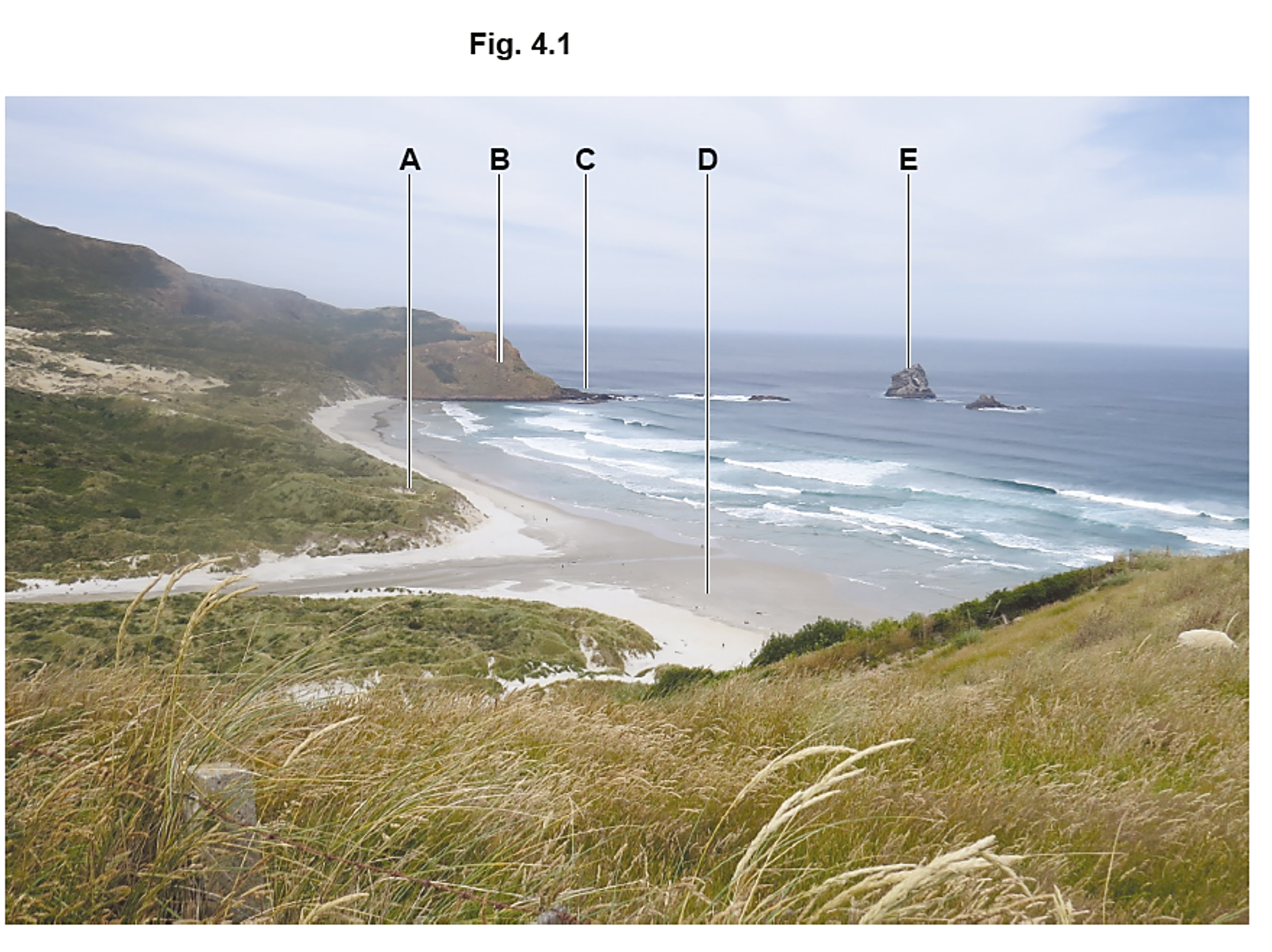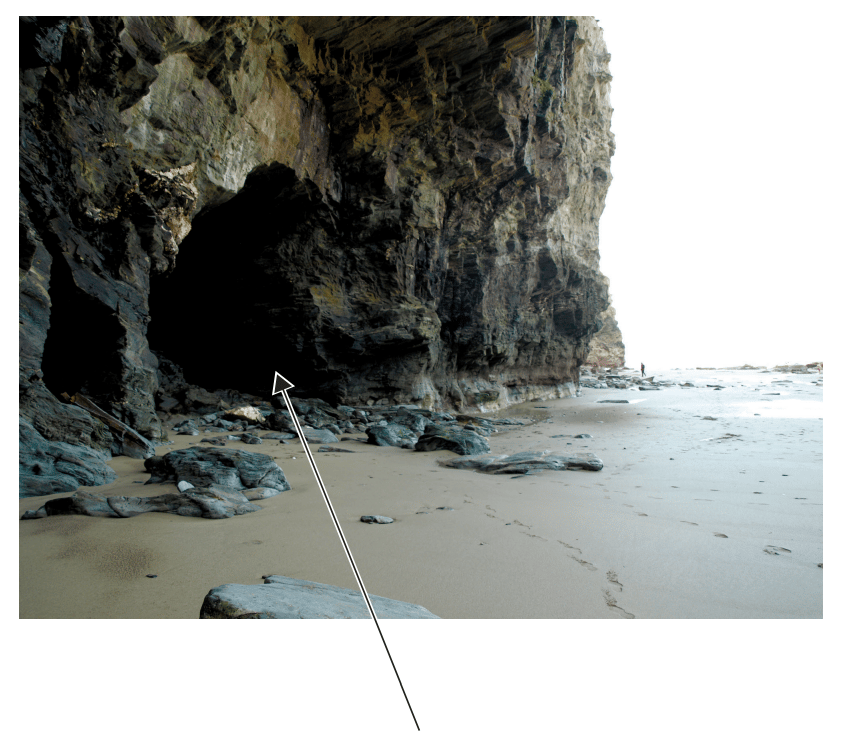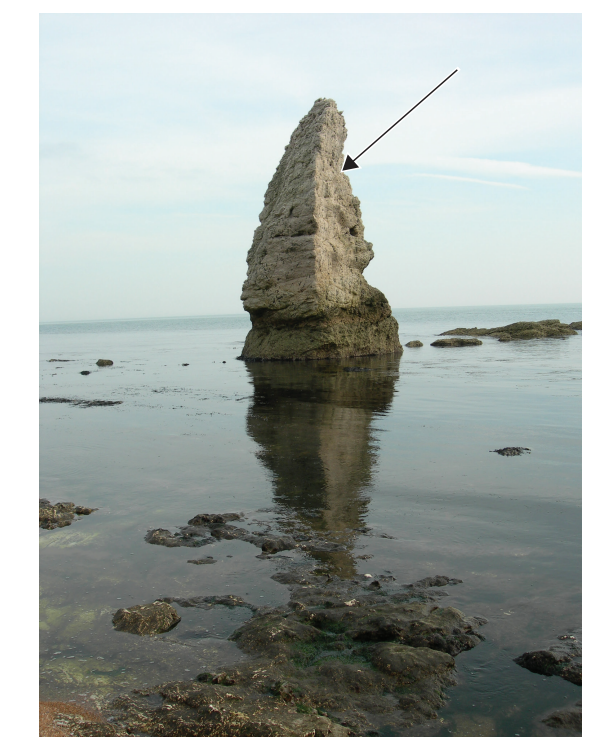Study Figure 2.1, a photograph showing a bay at low tide.

Name the coastal landform labelled X in Figure 2.1.
Use Figure 2.1 to identify two characteristics of the landform labelled X.
Use Figure 2.1 to describe the features of the bay. Do not refer to landform X.
Did this page help you?



